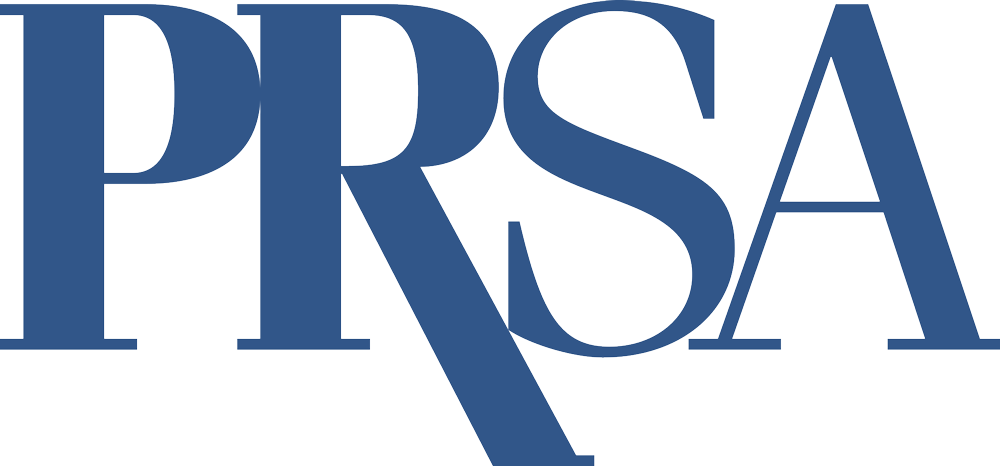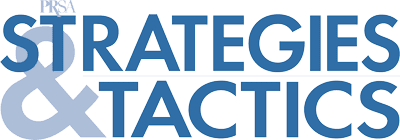15 Quick Tips for Better Panel Discussions
By Rob Biesenbach
April 2025
Share this article
“I don’t really have to prepare — it’s just a panel discussion.” How often have you heard that?
But a panel discussion is about more than just showing up and answering questions. In some ways it’s more complex than a regular presentation, with less control and more variables.
So here are some tips on how to be an effective panelist, along with recommendations for moderators on planning and executing a successful panel.
Tips for panelists
- Coordinate with the others. The moderator will typically bring the panelists together in advance to plan and coordinate. Don’t skip this critical step!
- Prepare like it’s a speech. Think hard about the audience and what will resonate with them, study the questions in advance and plan a few key points you want to get across.
- Stake out a viewpoint. Like a speech, a panel is about more than delivering information. You’re there to provide valuable insights based on your unique background and experience. So come prepared with a specific point of view.
- Keep it tight. You’re just one voice among several, so be conscious of the clock and don’t hog the microphone.
- Listen. Make it a conversation. Instead of just waiting to say your piece, tune in to what others are saying and pivot off their remarks. Add reinforcement or an alternative perspective.
- Tell stories. Nothing beats storytelling for impact and memorability. So think of a few compelling examples, anecdotes and stories to underscore and amplify your messages.
- Engage the audience. Make the audience part of the conversation. Take their temperature with a show of hands or ask questions like, “Does this sound familiar?” or “Has this happened to you?”
Tips for moderators
- Know your audience. This is the first job in any communication. If you’re asked to moderate a panel and are not familiar with the group, then do your homework. What are their key issues, concerns, wants, needs and objections?
- Prepare the panelists. Get together early on to coordinate messages and content. Fill them in on the audience and hash out questions you plan to ask. Help everyone “pick a lane” to reduce the chance that they say the same thing. Reinforcement is good; redundancy is not.
- Create a narrative. Your job is similar to that of a news producer. You’re trying to identify the narrative thread and see how all the pieces of the puzzle fit into that narrative. Think of it this way: What’s the one thing you want the audience to be thinking when it’s over?
- Make it a conversation. Don’t just stick to the prepared Q&A. Listen to answers and see where the conversation leads. Ask for follow-ups and rejoinders.
- Control it. Don’t hesitate to jump in if a panelist starts filibustering or wanders off-topic. Be sure everyone is heard.
- Remember your role. Keep in mind that you’re the facilitator and the panelists are the stars. It’s perfectly appropriate to occasionally share your own perspective but be careful not to dominate the conversation.
- Plan the setup. Give some thought to the seating. Big cushiony chairs are easy to get lost in. And stools can be difficult to navigate for people wearing skirts or with mobility issues. So, if you have a say in the staging, stick to chairs in the magical “goldilocks” zone. Or at least give the panelists a heads-up in the prep session so they can plan accordingly.
A tip for everyone
- Bring the energy. It’s easy to let the energy drain out of you when you’re seated. Be sure to charge your batteries beforehand. Do whatever it takes for you to get mentally and physically in the game — a walk around the block, stretching, chugging a Red Bull, eating right, exercising or getting enough sleep.
During the panel itself, don’t let your mind wander. Sit up straight and lean in, not back. Be positive and enthusiastic and put conviction behind your words.
Remember, energy is contagious; the more you give, the more you get back.
Share this article



